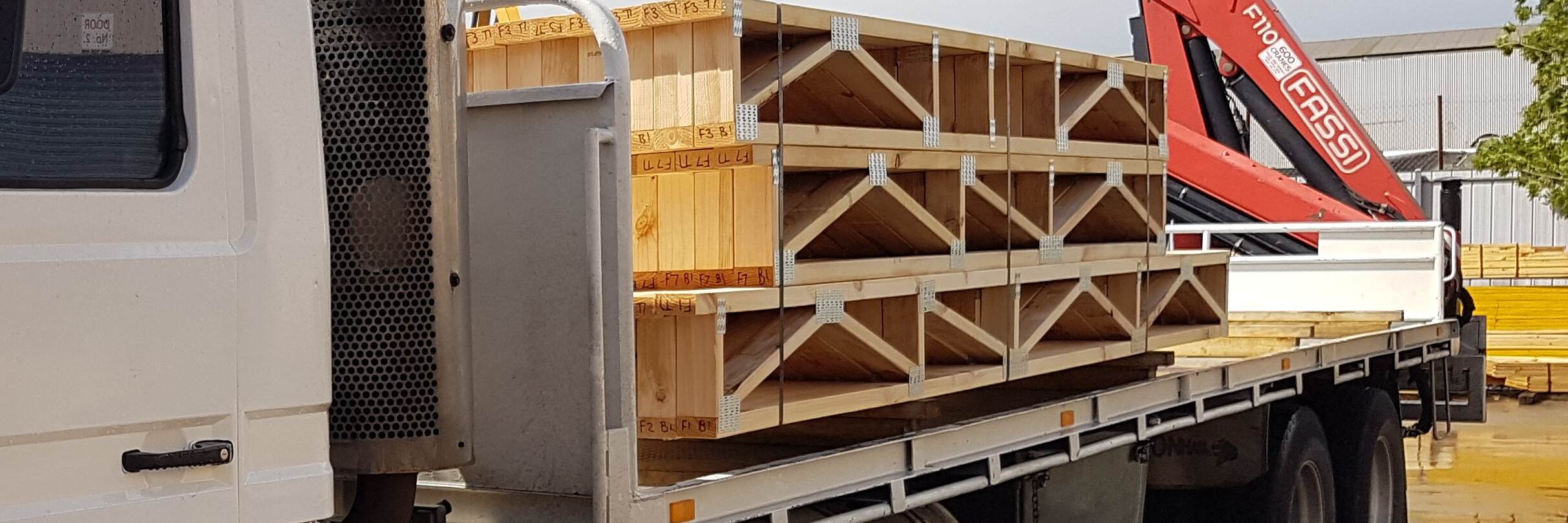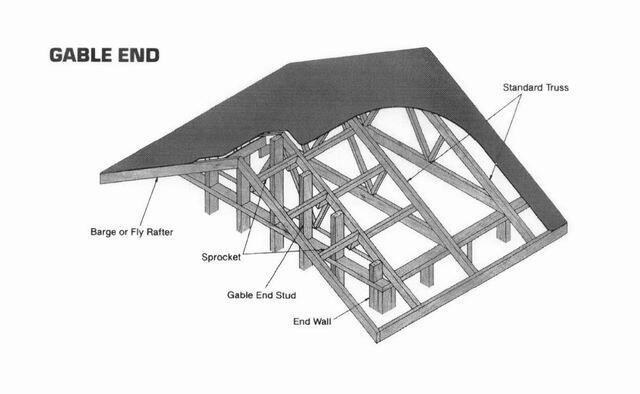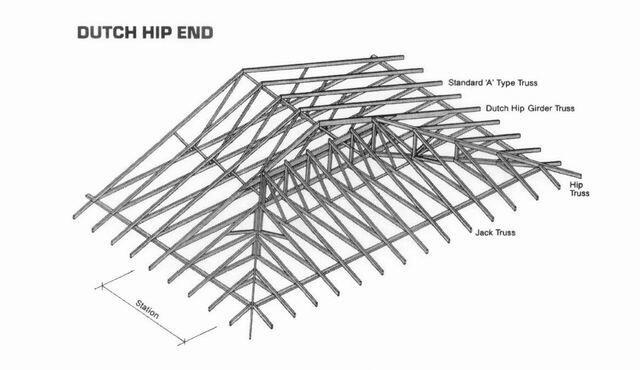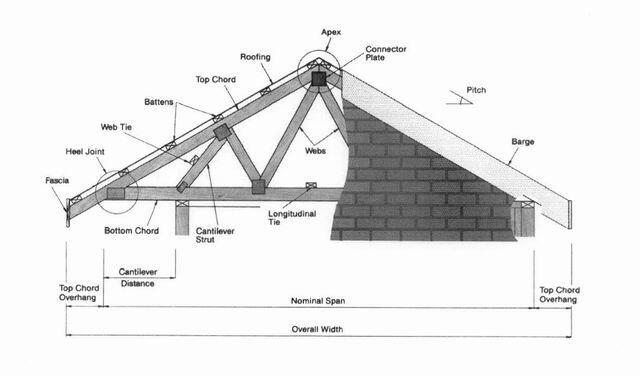To assist you in understanding the technical terms used in the truss industry, we have compiled the following descriptions and illustrations that may come in handy:
A:
- Apex - The highest point on a truss.
B:
- Barge - Trim along the edge of roofing at a gable end. Slopes at the roof pitch
- Batten - Roofing battens or ceiling battens. Usually timber members fixed at right angles to the truss chords to support roof tiles or ceiling material. Also provides lateral restraint to the truss.
- Bearing/Support point - Point at which the truss is supported. A truss must have two or more supports located at truss panel points.
- Bottom Chord - Truss member forming the bottom edge of a truss.
C:
- Camber - Vertical displacement built into a truss to compensate for the downward movement expected when the truss is fully loaded.
- Cantilever - That part of a truss that projects beyond an external main support, not including top chord extensions or overhangs
- Chord - The truss members forming the top and bottom edges of the truss.
- Clear Span - Horizontal distance between inner edges of supports.
- Concentrated Load - A load applied at a specific position. eg. load applied by an intersecting truss.
- Connector (or Connector plate) - Light gauge steel plate with teeth projecting from one face. When pressed into intersecting timber members the plate connects the members in a rigid joint.
- Creep - Movement resulting from long term application of load to a timber member.
D:
- Dead Load - Permanent loads due to the weight of materials and truss self weight.
- Deflection - Vertical and horizontal movement in a truss due to the applied load.
- Design Loads - The various loads that a truss is designed to support.
- Distributed Load - Loads spread evenly along truss member.
F:
- Fascia - Trim along the edge of the eaves.
G:
- Gable Truss - Standard triangular shaped truss.
- Girder Truss - Truss designed to support one or more trusses.
H:
- Heel Joint - The joint on a truss where the top and bottom chords meet.
- Heel Point - The position on a truss where the bottom edge of the bottom chord meets the top chord. Used for setting up production jigs.
- Hip - Intersection of two roof surfaces over an external corner of a building.
- Hip Roof - Roof constructed with rafters or trusses pitched over all perimeter walls.
K:
- King Post - Vertical web at the centre of a gable truss, or the vertical web at the end of a half gable truss.
L:
- Lateral Brace - Bracing restraint applied at right angles to web or chord to prevent buckling.
- Longitudinal Tie - Bracing restraint applied at right angles to web or chord to prevent buckling.
- Live Load - Temporary load due to traffic, construction, maintenance, etc.
O:
- Overall Length - Length of truss excluding overhangs.
- Overhang - Extension of top chord beyond support. Provision of eaves on gable trusses.
N:
- Nominal Span - The horizontal distance between supports of a truss.
P:
- Panel-point - The point where several truss members meet to form a joint.
- Panel-point Splice - Splice joint in a chord coinciding with web intersection.
- Pitch - Angular slope of truss chord measured in degrees.
- Purlin - Roofing purlins. Usually timber members fixed at right angles to the truss chords t support roof sheeting. Also provides lateral restraint to truss. Similar to battens except more widely spaced.
R:
- Rafter - A roof members supporting roofing battens or roofing purlins in conventional construction. Rafters employ only the bending strength of the timber. A roof truss may also be called a trussed rafter.
- Ridge - The highest point on a gable roof.
S:
- Span - The horizontal distance between the outer edges of the truss supports.
- Span Carried - The span of standard trusses that are supported by a girder truss.
- Stress Grade - Strength classification of timber. Based on species, seasoning and frequency of defects such as knots and sloping grain. Alternatively based on actual mechanical testing of each piece.
- Station - The position of a truss measured from the outside face of the end wall. Usually used to describe the position of truncated Girder and Standard trusses in a Hip End.
T:
- Top Chord - Truss member forming to edge of truss.
- Truss - Trussed rafter. Triangulated, self supporting framework of chords and webs that supports applied loads by a combination of the bending strength of the chords and the axial compressive and tensile strength of the chords and webs.
V:
- Valley - Intersection to two roof surfaces over an internal corner of a building.
- Verge - Roof overhang at a gable end.
- Verge Rafter - Rafter projecting from gable end to support verge.
W:
- Waling Plate - Timber member bolted to the face of a truss to support intersecting rafters or trusses. May also be used to support intersecting battens or purlins.
- Web - The internal members of a truss. Usually only subject to axial loads due to truss action.
- Wind Load - Load applied to the roof by the wind.
